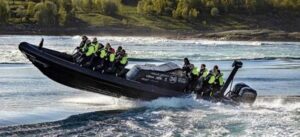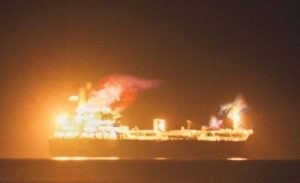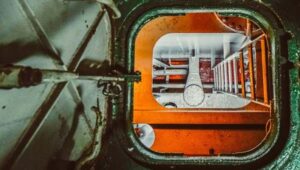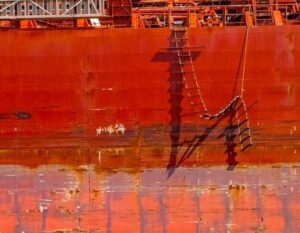
IUMI has released an update to its best practice and recommendations for safely transporting EVs.
In 2023, IUMI published a set of best practice and recommendations for the safe carriage of electric vehicles. This was part of its ongoing support of loss prevention guidance to the global marine insurance and shipping sectors.
In September 2025, IUMI issued an updated version titled “Risk mitigation for the safe ocean and short-sea carriage of electric vehicles”. Continue reading “IUMI best practice for safely transporting EVs”










